EXTENDED UNTIL 22 FEBRUARY 2025 - BURG students and alumni exhibit works that deal with the history of Berlin-Wannsee.
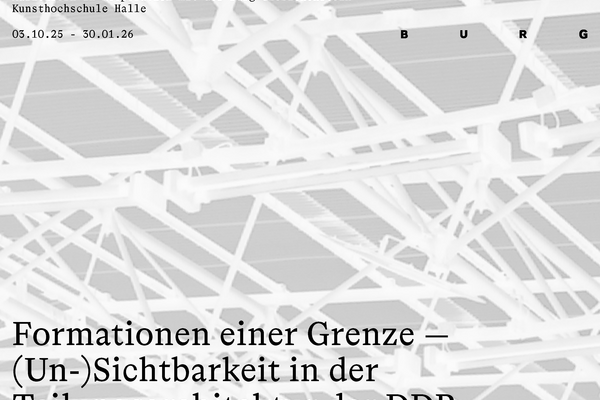
—
EXTENDED UNTIL 22 FEBRUARY 2025 - BURG students and alumni exhibit works that deal with the history of Berlin-Wannsee.
The exhibition project is the outcome of a research seminar with the title ‘Wannsee: Laboratory for the Future’’, for which students and alumnae of the Burg Giebichenstein University of Art and Design Halle cooperated with the Wannsee Contemporary Gallery. In this context, the location was questioned: ‘Wannsee, what are you?’
ANIMA is an archetypal term and stands for ‘soul’ or ‘breath’. The Hebrew מָה אֲנִי - ma ani - means ‘What am I?’ Ani ma and ma ani open up a space of possibility for human imagination and emotionality. They stand for something questioning, something floating, which briefly becomes visible, which is in an intermediate or transitional space, which is in motion.
We have approached this historically particularly interesting district of Berlin along winding, interdisciplinary paths. Wannsee presents itself as a place of radical contradictions. Interspersed with forest gardens and reform ideas, surrounded by aristocratic parks and palaces, Wannsee has attracted both wealthy industrialists and artists since the mid-19th century. Wannsee was and still is a popular destination for excursions and water sports, but not all of the waterside areas are freely accessible. Social groups and world views clash between the villas behind high walls, the rowing clubs and the Wannseebad. At the same time, the name of the neighbourhood is closely linked to the Wannsee Conference of 1942, at which the Holocaust was planned by officials of the Nazi regime. After the Second World War, Wannsee became a border zone between West Berlin and the GDR due to its strategic location between Berlin and Potsdam.
Against this background, we analysed the political, social and ecological landscape of Wannsee, its past, present and potential for the future. Critical mapping and the principle of montage provided the methodological basis for this examination. The result is a speculative, hypothetical exhibition with which we would like to encourage people to understand Wannsee as a laboratory and a space of possibility.
The themes of the artistic approach are: Understanding the Jewish history of the Wannsee district not only as one of victims, but also as one of resistance. To trace filmmakers who were also present in the area in the post-war period, not only in the 1920s and during National Socialism. To take the dance and life reform movement, which was so important for Wannsee, as an opportunity to trace the relationship between individual bodies and the ‘people's body’. Using movement studies to investigate the connection between dance gestures and the finger alphabet. To generate an assemblage from archive material and the current sound of Wannsee. To read the fictitious and real ruins as metaphors for utopia and dystopia. To understand the building site as a symbol for a necessary departure. To take a small plant seriously as an indicator of displacement and as a witness. And finally, to take a look at the shore and its accessibility from the lake.
The exhibition is curated by Nike Bätzner and Avi Feldmann.
Tobias Daum, Julia Frank, Sarah Goerke, Merle Häußler, Elisabeth Hildebrandt, Louisa Kollhoff, Elise Möller, Paula Repp Alvarez, Jakob Schreiter, Kathrin Schuster, Josefine Wendlinger, Miriam Zimmermann.
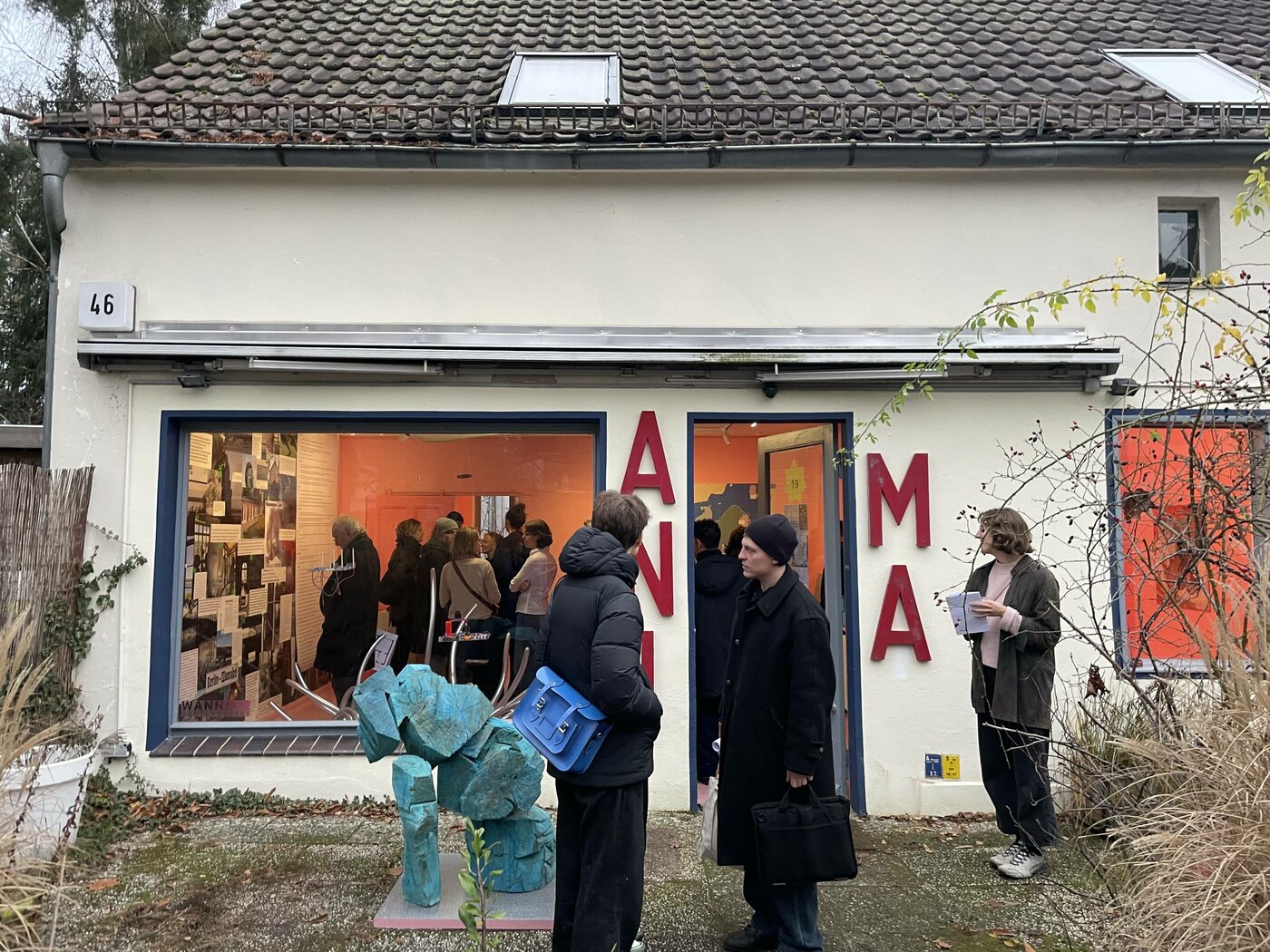
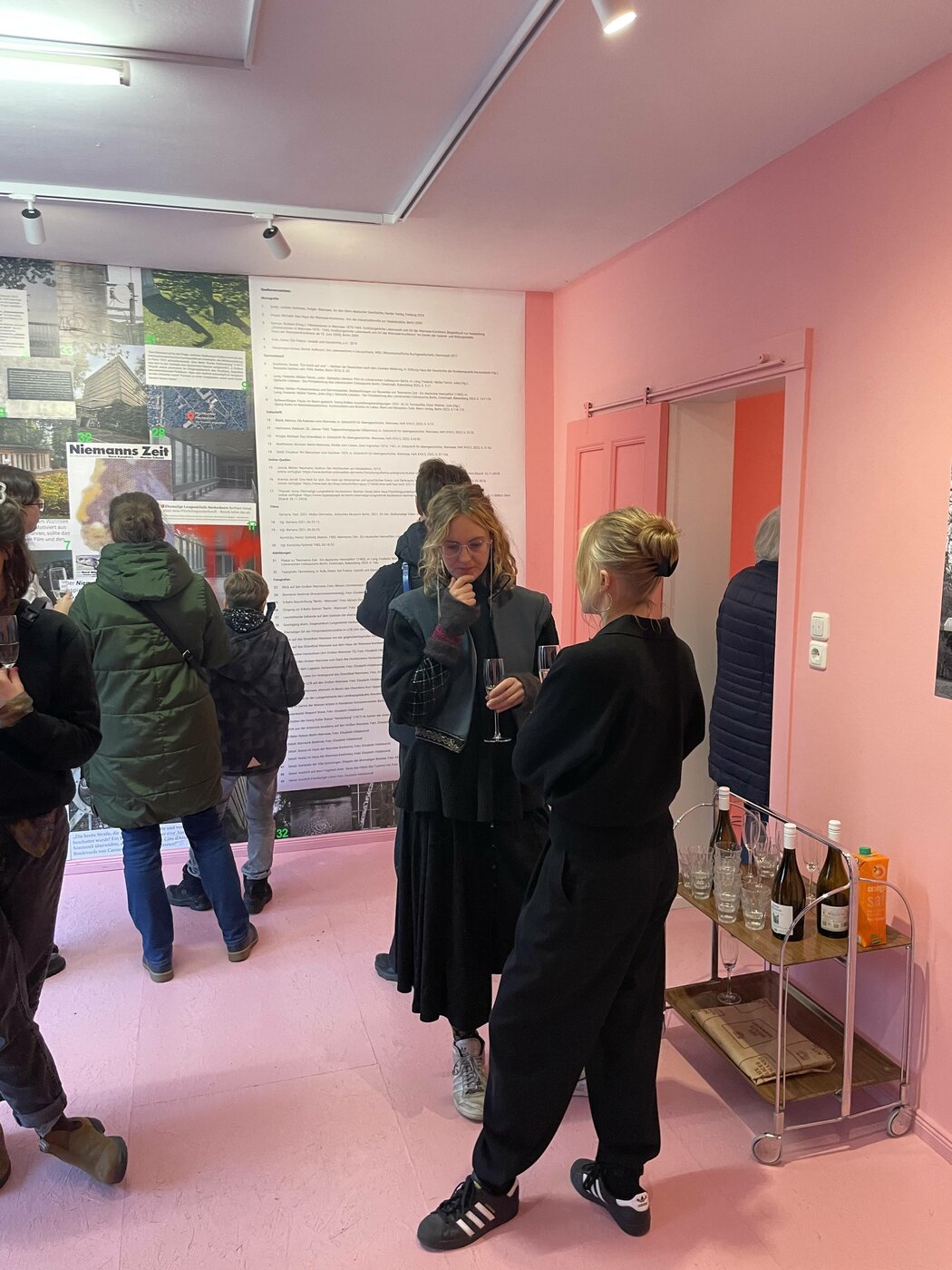
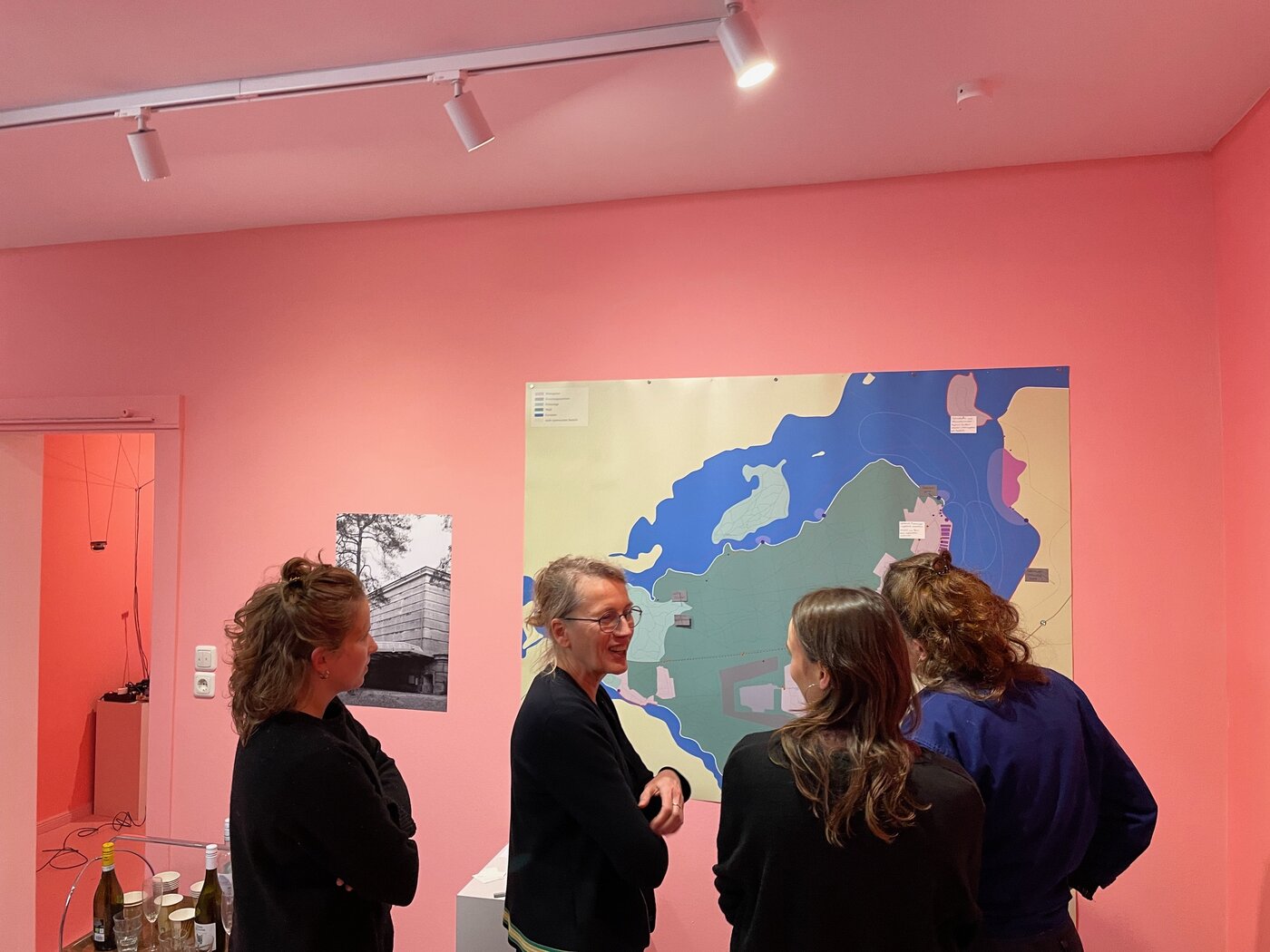
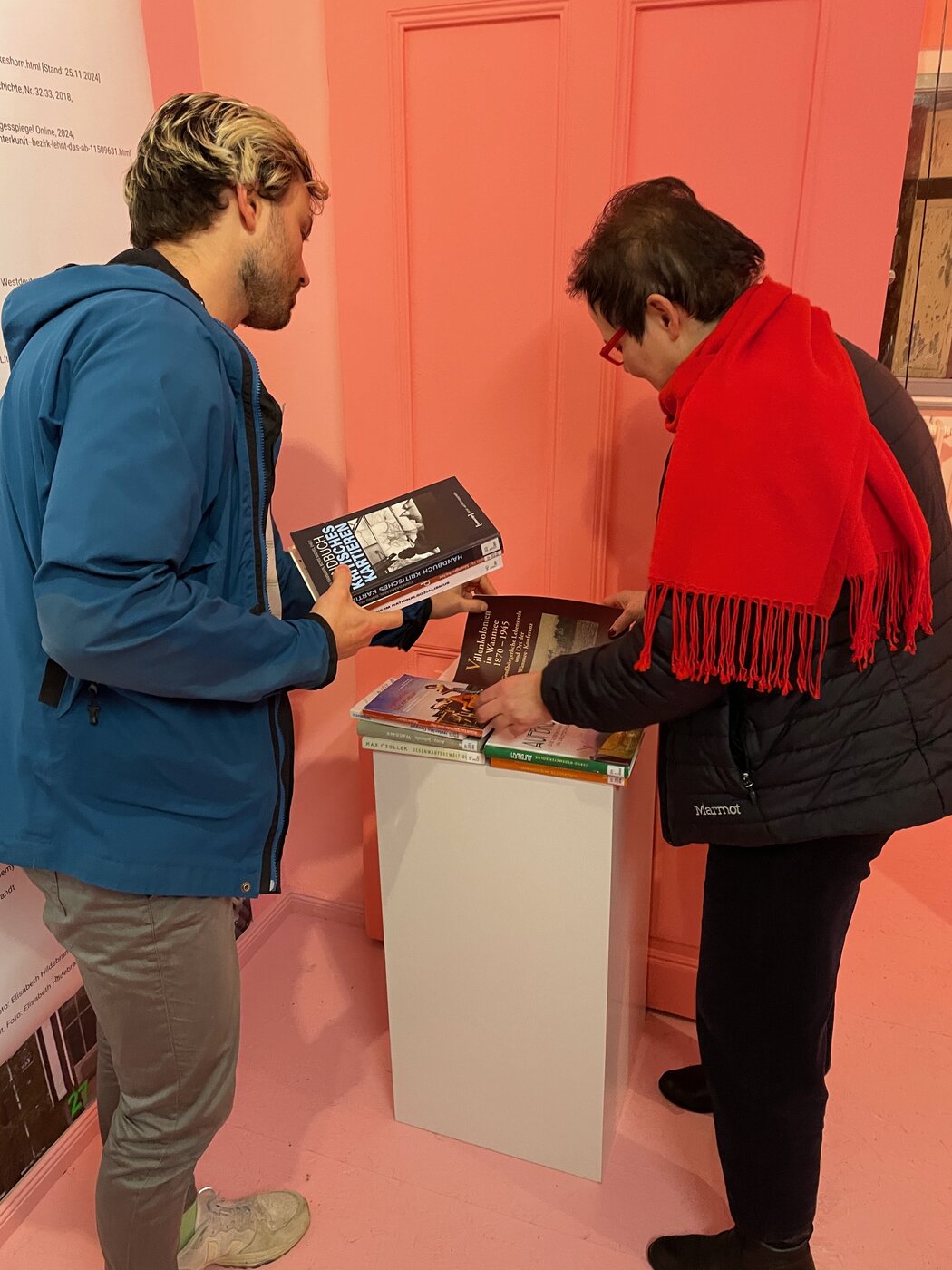
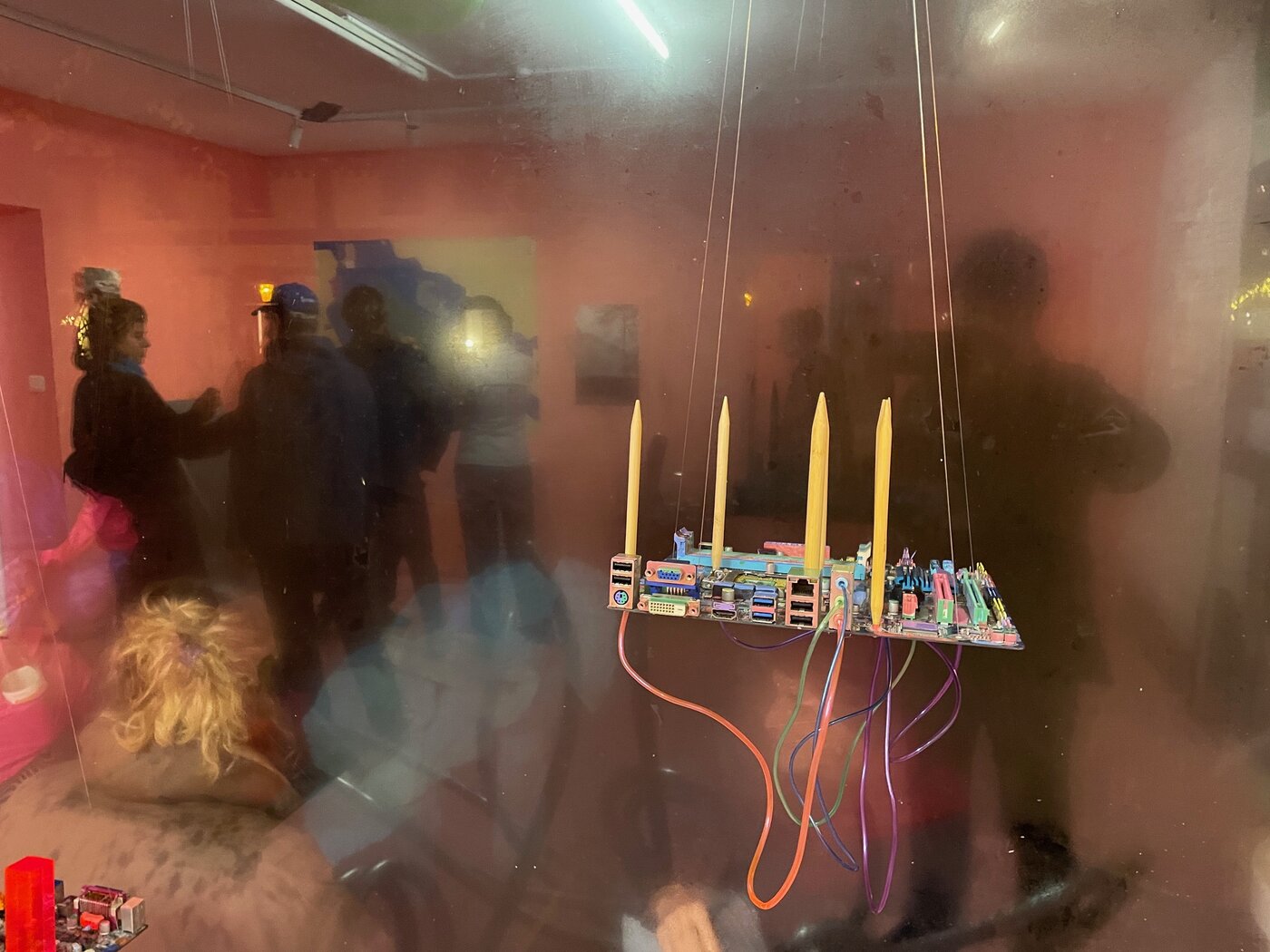
During the entire duration of the exhibition
‘Wannsee: How does it feel? How do you experience Wannsee? How does Wannsee feel?’
A participatory station that invites creative writing and results in a collection of texts to take away, initiated by Elise Möller.
Thursday, 19 December 2024, 5:00 pm
Open doors for a conversation with the neighbourhood as part of the Living Advent Calendar in the village of Stolpe
Saturday, 18 January 2025, 15:00 hrs
(In)accessibility in the mirror of time
Louisa Kollhoff in conversation with Verena Voigt (GFZK e.V.) and Ruppe Koselleck (University of Potsdam) about artistic research on conflict landscapes. Based on a research and exhibition project on the shoreline dispute at Griebnitzsee, the focus will be on current disputes about accessibility as well as the historical significance of Wannsee as a former border area.
Saturday, 22 February 2025, 12 to 2 pm
Finissage
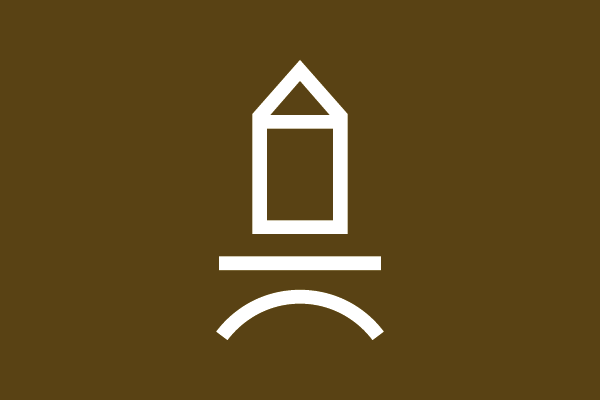
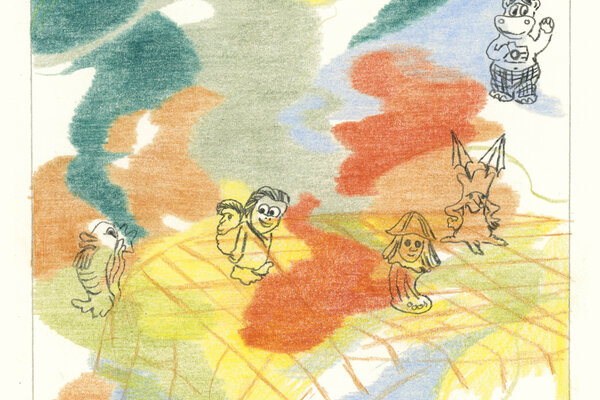
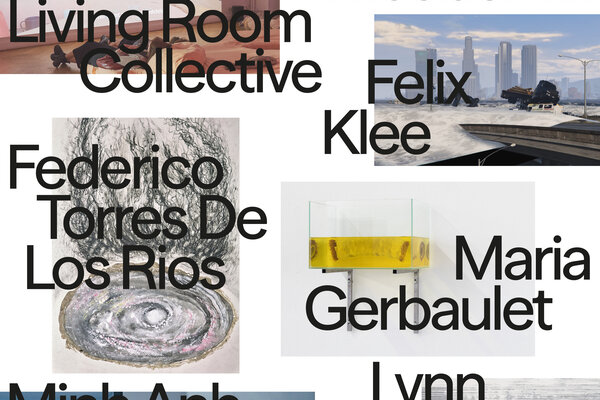
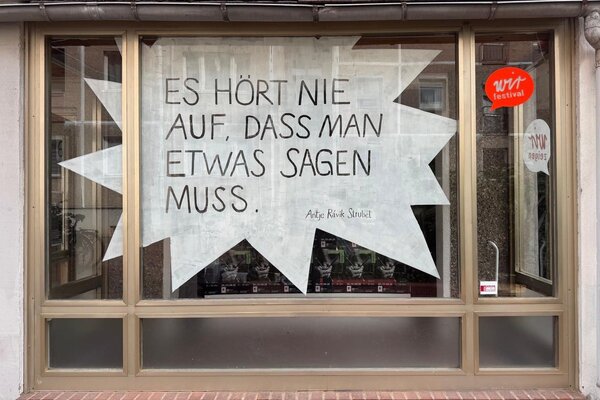
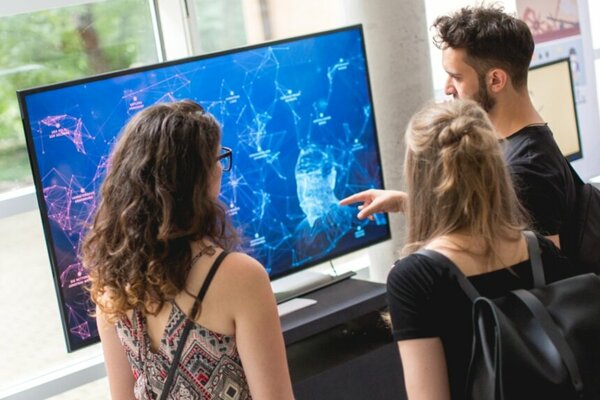
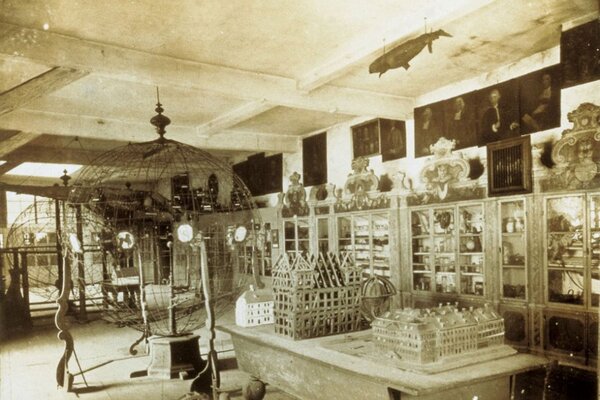
![Alfred Stieglitz, Georgia O’Keeffe – Hands, 1919. Gelatin silver print, 9 7/16 x 7 1/2 inches. Georgia O’Keeffe Museum, The Georgia O’Keeffe Foundation. [2003.1.4]](https://www.burg-halle.de/home/_processed_/c/3/csm_475209_06d2a9500d.jpg)
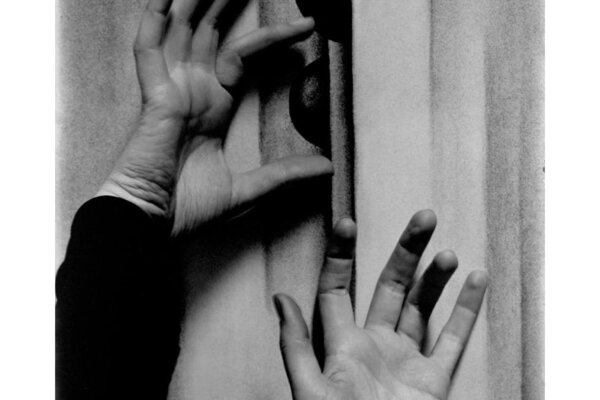
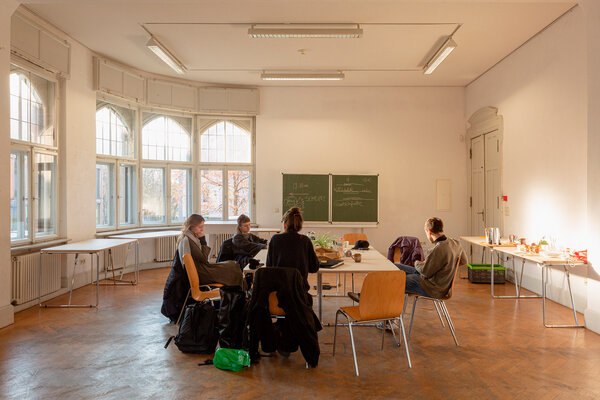
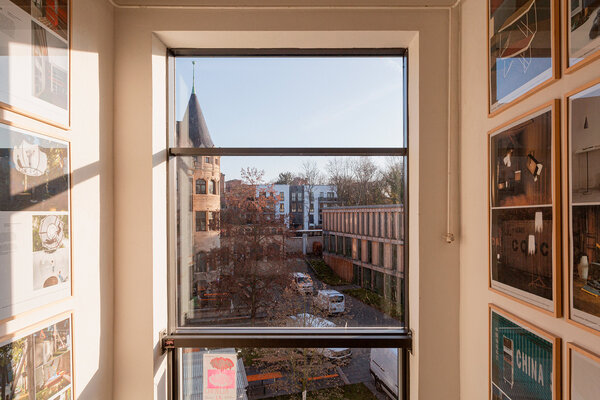
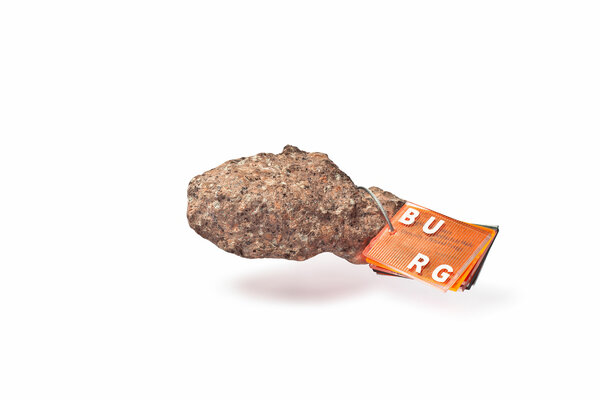
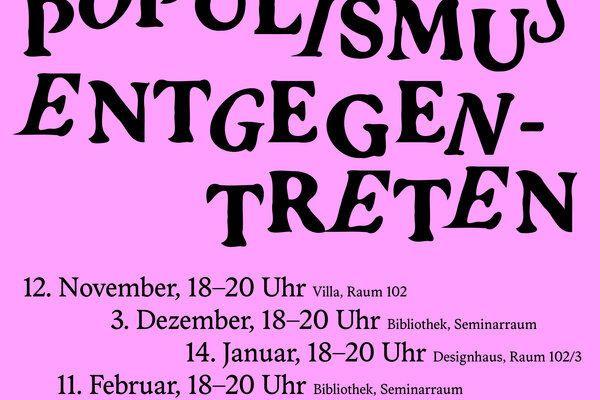
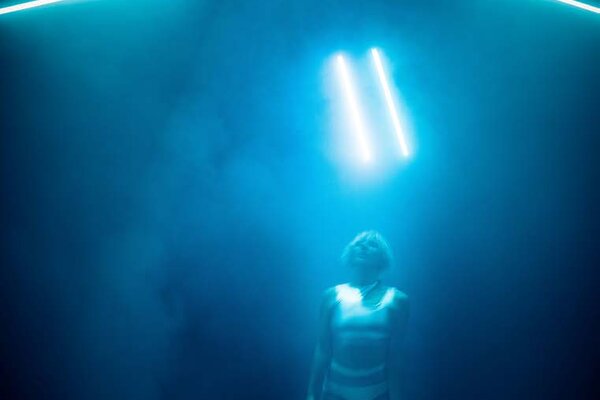
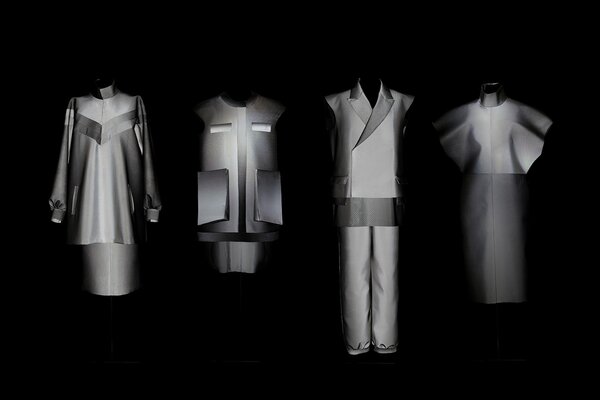
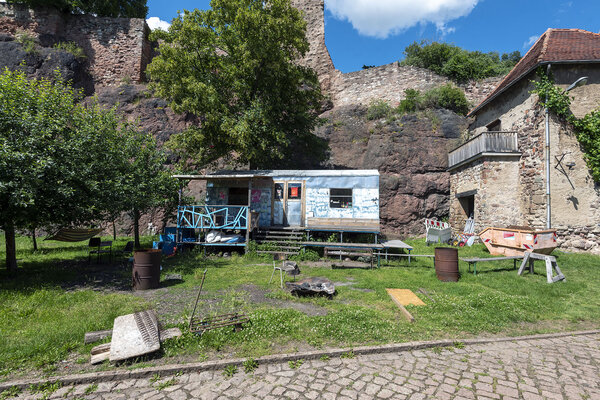
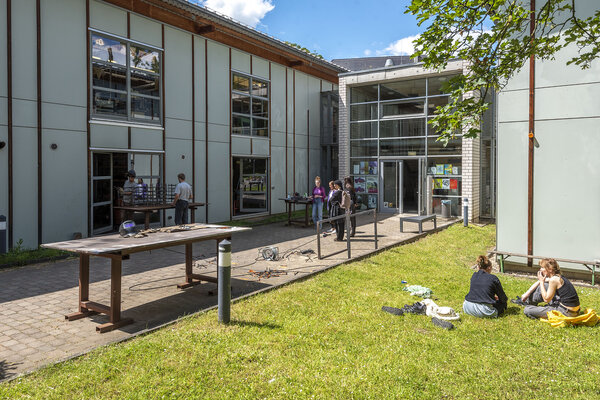
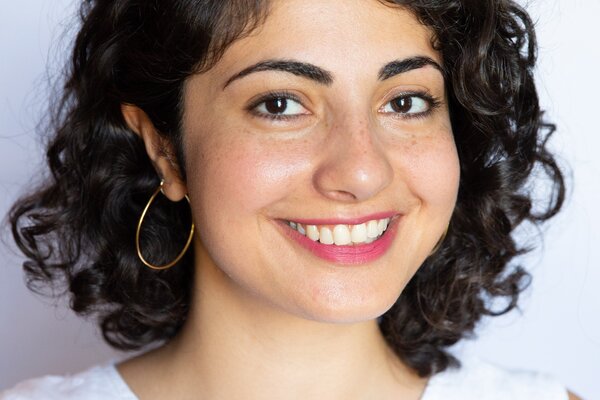

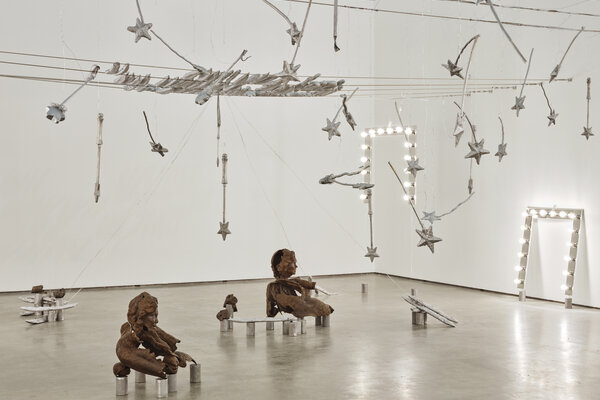


—
Chausseestraße 46
14109 Berlin
Saturday, 7 December 2024, 2 - 5 pm
Saturday, 22 February 2025, 12 - 2 pm
Thursday and Friday 12 - 3 pm, Saturday 12 - 2 pm
and by appointment
Free entrance